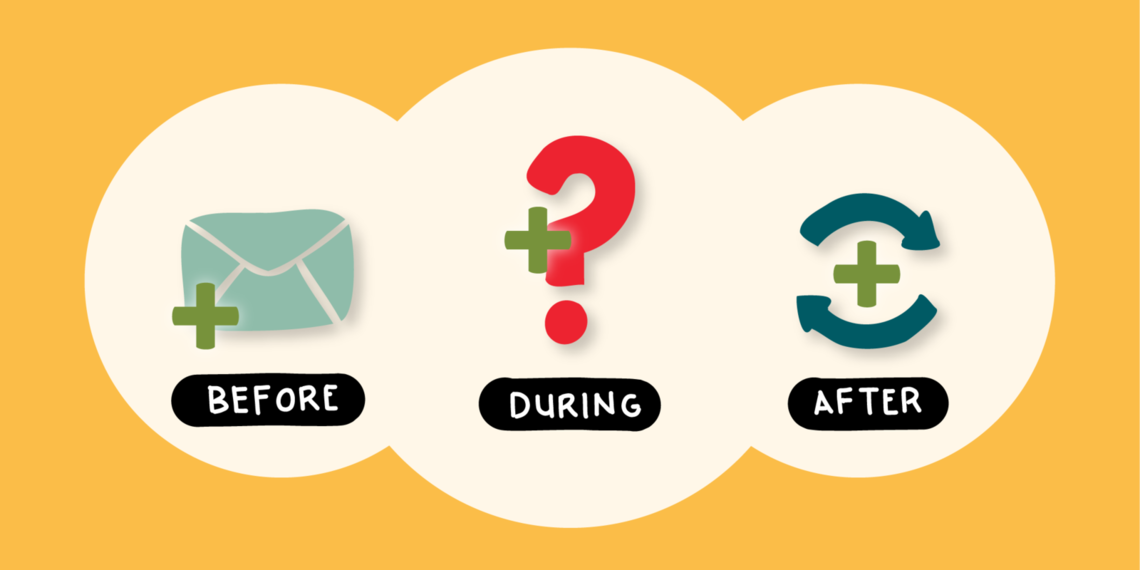Learning Objectives
1) Appreciate the importance of fostering a welcoming and safe learning environment
2) Identify the key aspects of orienting a learner that can foster a positive learning environment from day one
3) Integrate practical advice into current practice when interacting with learners
Case Study
Dr. AA is the senior resident of an inpatient pediatric team. She is responsible for leading patient rounds alongside her attending and providing education to the pediatric interns and medical students during their month-long rotation. She is a second-year resident and new to this important role. On the first day of the rotation, she is tasked with meeting the team members and providing an orientation session so that the team knows what to expect. She is also responsible for assisting with patient care, teaching during the rotation, and leading a debrief session at the end. She is nervous because she has not been in this leadership role before and wants to make sure that the interns and students have a good experience.
What is a positive learning environment?
A learning environment is the physical, psychological, and social context in which learners interact with educators. A positive learning environment implies that it is a safe and welcoming space that allows for optimal acquisition of knowledge and care of patients. It is created by the words, actions, and attitudes of clinician-educators.

Teaching in Medicine (Podcast Series)
By Kathleen Timme
Educating health care providers of tomorrow is one of the greatest joys in medicine. Join U of U Health’s Kathleen Timme, an academic pediatric subspecialist and educator as she interviews current and aspiring clinician-educators. Together, we will explore triumphs, struggles, and effective approaches in medical education. The views and opinions expressed are solely those of the participants.
Available wherever you get your podcasts.
What are the benefits of a positive learning environment?
As clinician-educators, we are tasked with teaching our patients, trainees, peers, and the community. It is our professional responsibility to contribute to the growth of others by being sensitive to their needs and fostering an environment that is conducive to learning.
A positive learning environment creates a psychologically safe space where learners feel comfortable asking questions and can therefore gain the knowledge and skills crucial to becoming a health care provider. When learners can safely acquire knowledge and skills, the patients cared for by the team and the future patients of the learners receive optimal care.
What are the key phases?
A positive learning environment can be divided into three key phases.
Before learning
Setting up a positive learning environment begins long before actual learning occurs. It is important to communicate openness and eagerness to teach from your first interaction with the learner. The before phase is made of four elements.
-
Logistics. Learners must receive appropriate notice about where learning will take place and how to prepare. Make sure that learners understand where they will be meeting and what to bring. Determine the workspace students use and where they can leave their belongings. Give an overview of the schedule. Provide contact information for yourself or a coordinator to assist with logistical issues.
-
Preparation. Give learners an idea of what types of patients you will be seeing (ages, conditions, etc.) so that they can read ahead and prepare for the experience. Consider providing high-yield articles or references for study.
-
Expectations. Communicate with the learner’s clerkship or course director ahead of time to understand what their learning goals are for the experience and how they will be assessed and evaluated.
-
Welcoming attitude. Send an introductory email before meeting the student that includes the information above and that you look forward to having them join the team.
During learning
Fostering a positive learning environment involves deliberate acts throughout your interactions with the learners. These practical tips do not require additional time and will help to make for a pleasant work environment for you as well.
-
Schedule an initial meeting with your learner(s). Review your expectations and ask for theirs. Are there specific skills they are working on? Would they appreciate coaching in certain areas? Having a conversation about goals and objectives shows that you care about their professional growth.
-
Make introductions. Introduce learners to other members of the care team. Make an effort to learn names.
-
Balance autonomy and supervision. Give learners an appropriate amount of space to practice their skills. They are often seeking opportunities to interview patients on their own and hone their physical exam skills. It is also essential to find time to observe them and provide specific feedback. Ideally, learners should receive feedback from direct observation and then be given time to practice skills on their own before being given another opportunity to demonstrate their skills in front of the preceptor.
-
Encourage open communication. Show learners that they are a valuable part of the team by seeking their input when making decisions. Model respectful communication with all team members, avoid interruptions, and have a supportive attitude and tone.
-
Promote safety. Let students know they can ask questions at any point; they should not feel embarrassed about any of their questions or ideas. Model humility. Even as an educator, you don’t always know that right answer.
-
Provide feedback. Make time to provide specific, attainable, and relevant feedback to students throughout their time with you. Do not wait until the end of the learning experience. Give feedback early and often, so that students have time to demonstrate improvement.
-
Show support. Ask students how they are doing and if the learning experience is meeting their needs. Familiarize yourself with resources for learners who are struggling academically or personally. Consider scheduling time for learners to have independent study or wellness activities.
After learning
The conclusion of your time with an individual learner is a great opportunity to end the experience on a positive note. Do these three things.
-
Recap and review key learning points. Give the learner an opportunity to ask any clarifying questions about what they learned clinically.
-
Give and get feedback. Give summative feedback on the learner’s performance and comment on their growth. Give suggestions for future learning. Also, ask for feedback on your teaching and learning environment so you can improve the experience.
-
Connect. Provide contact information for future questions and reiterate that you enjoyed your time together.
Conclusion
Let’s return to our case study. Dr. AA creates a positive learning environment before by sending learners an email reviewing the schedule for the month and where to meet the team for orientation. She speaks with the residency program and clerkship directors to better understand the learning goals for this rotation, and she sends the learners an educational video and article to review before the rotation starts.
During learning interactions, Dr. AA meets the team for an orientation and has everyone introduce themselves and say what they hope to accomplish during the rotation. She reviews the goals and expectations as outlined by the clerkship and residency programs. She walks the learners around the unit and introduces them to members of the health care team. In the first few days, Dr. AA has learners observe how she obtains a history and physical. The following week, she observes the learners in action and provides feedback. She always welcomes questions on rounds and checks in with learners to see how they are doing. She schedules a team lunch every week where she presents on a clinical topic of their choosing.
Afterwards, Dr. AA meets with the team on the last day of the rotation and reviews the most interesting cases of the month. She then checks in with each learner individually to provide and seek feedback. She sends out an email at the end of the rotation thanking the team for a great month and providing ways to get in touch if future questions arise.
Reference:
Bannister SL, Hanson JL, Maloney CG, Dudas RA. Practical Framework for Fostering a Positive Learning Environment. Pediatrics. 2015;136(1):6-9.
This article was originally published May 7, 2020
Kathleen Timme
We all make lots of mistakes early on in our careers. Hospitalist and mentorship expert Valerie Vaughn sets us up for success by sharing her expertise on how to take control of your long-term career path.
Teaching the next generation of health care providers happens every morning in 10 minute chunks throughout the hospital. The Surgical Intensive Care Unit reimagined the physician rounds to feature the patient’s nurse, instead of the patient’s physician-student. They found that this simple change created a stronger interprofessional team and advanced nursing practice.
Rounding–the act of connecting with patients and staff–is a leadership best practice. While few find rounding easy to start, those who master it are hooked. It is a daily habit that improves patient care, experience and engages the team. Susan Clark and her medical director, Dr. Dana DeWitt, have taken the practice one step further by rounding together as a leadership dyad, resulting in a more connected and authentic team.
